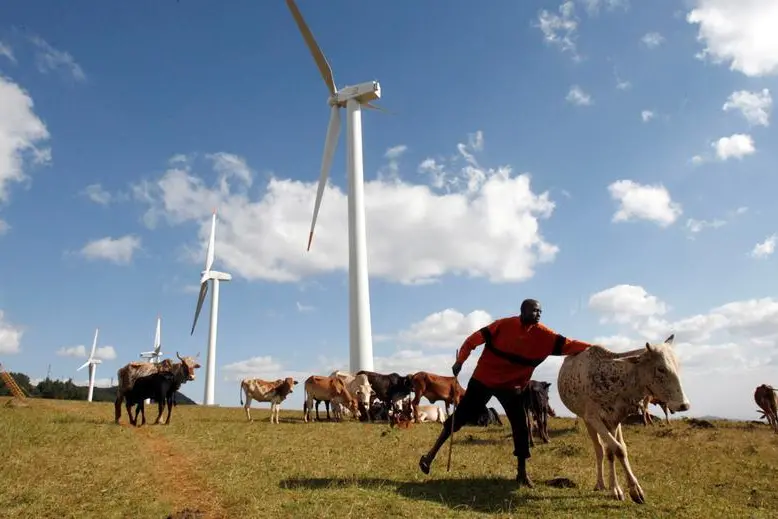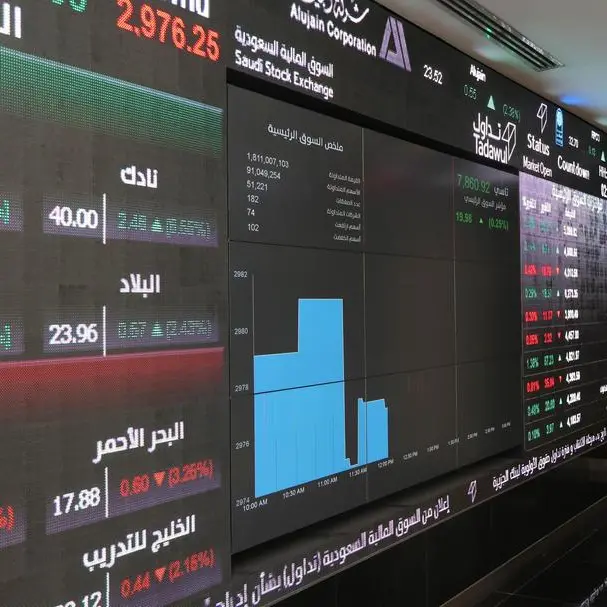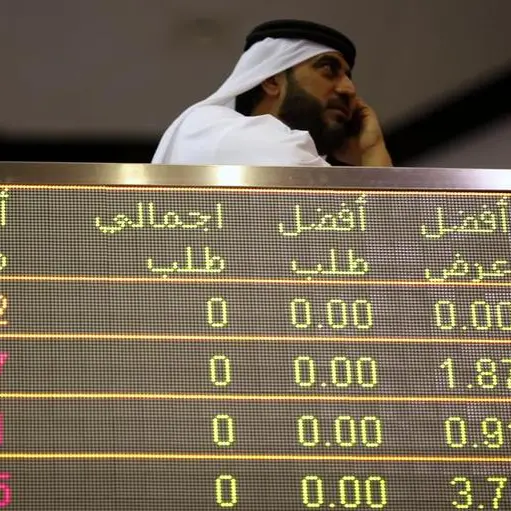PHOTO
LONDON - Perfection can be the enemy of better. For purists, companies that issue so-called green bonds should only use the proceeds for carbon-cutting projects like wind farms. But dismissing debt issued by polluters to shift away from fossil fuels as “greenwashing” overlooks the benefits of tolerating shades of grey.
Surging demand for green assets is outstripping supply. In May, the Netherlands sold nearly 6 billion euros of green bonds but received 21.2 billion euros of orders. There’s concern that investors’ appetite for the products is so high that they may not pay enough attention to how money raised under a green banner is being deployed. It’s also true that there has been fuzziness in the past over what counts as environment-friendly.
Definitions are, however, firming up. The International Capital Market Association in June updated its guidelines on the key components involved in issuing a green bond worthy of the name, including disclosure and transparency. And earlier this year, a trio of reports prepared for the European Commission weighed into the debate. One, a 414-page doorstop, laid out a classification system for environmentally-sustainable economic activities. A second drew on that work to recommend comparable criteria for issuing green bonds, while the third set out the methodology and minimum technical requirements for climate-friendly benchmark indices.
Investors will increasingly want borrowers to cleave to these sort of standards. The extra information about the environmental impact of some of their activities shines a light where there was none. The process of tagging projects which are green and tracking them over the course of years also brings environmental thinking to the financial nerve centre of a company – its corporate treasury. The process helps companies whose activities have a negative environmental impact initiate discussions with investors about how they may become greener, and the costs of doing so.
These are all good things. Granted, greater transparency sometimes reveals depressing facts. Take the dismal UK gender pay gap averages disclosed after the government obliged companies with 250 or more employees to publish such statistics. But knowing what’s wrong is the first step to fixing it. And it’s better to do something than nothing on an issue as pressing as climate change.
CONTEXT NEWS
- Global green bond issuance reached $86.4 billion in the first half of 2019, up 26% from a year earlier, according to Refinitiv data. Issuance of such debt hit a record high of $132.3 billion in 2018.
- The Netherlands on May 21 said it had received 21.2 billion euros worth of orders for its inaugural green bond. The triple-A rated sovereign sold almost 6 billion euros of such debt and explicitly prioritised investors with green credentials by offering them a more favourable allocation.
(Editing by George Hay and Karen Kwok. Graphic by Vincent Flasseur.)
© Reuters News 2019












